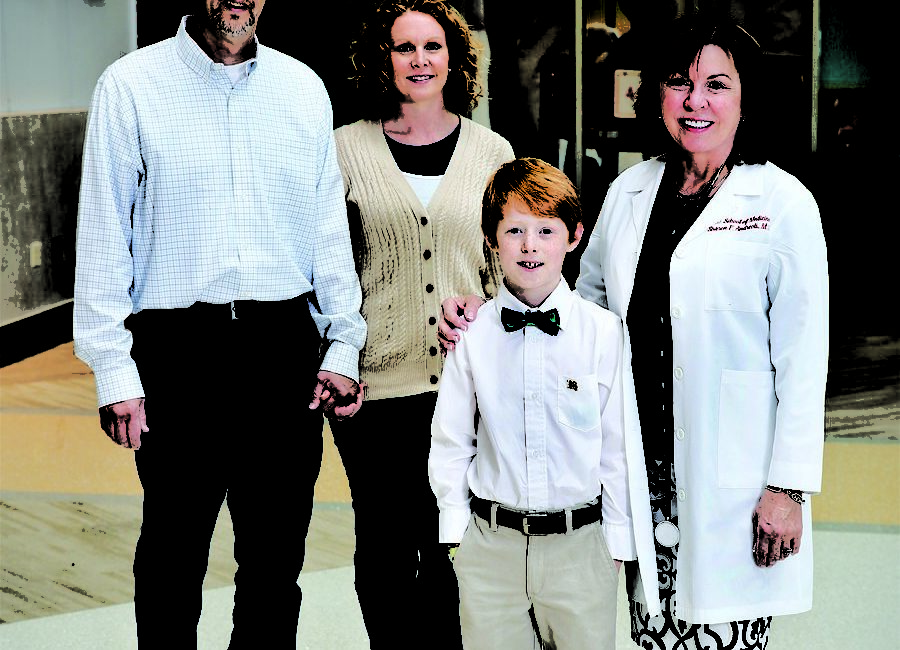
Top Doctors' Tough Calls: The E. Coli Case
When 9-year-old Owen Boatright developed a fever and diarrhea the day before Thanksgiving, his parents, Gina and Dan Boatright, assumed he had stomach flu. But when the boy’s diarrhea turned bloody a few days later, a family friend warned that Owen might have E. coli. They headed for the emergency room.
Doctors at Hendricks Regional Health agreed with the diagnosis and sent Owen by ambulance to Riley Hospital for Children at IU Health. “I had actually read a book on a case of E. coli. The girl ended up dying,” says mom Gina, a dentist, “so I knew how badly it could turn out.”
At Riley, the family waited. Would lab tests confirm the E. coli diagnosis? They did. Would Owen’s kidneys hold up under the strain? They didn’t. Six days after his symptoms began, Owen had developed a life-threatening case of hemolytic uremic syndrome, which causes damaged red blood cells to clog the kidneys, and he went into acute renal failure.
The family soon met Sharon P. Andreoli, M.D., a pediatric nephrologist who is one of the nation’s leading experts on kidney problems in children. While hemolytic uremic syndrome has about a 97 percent survival rate, Owen’s case was particularly severe. Andreoli started him on peritoneal dialysis, but soon complications mounted: fluid in the lungs, an abdominal infection, a blood transfusion, and on and on. It wasn’t working.
After two weeks, Andreoli said it was time to switch to hemodialysis, a more aggressive and invasive form of blood purification. While not surgical, it carries a higher risk of side effects and is tougher on the patient’s body. “He was a pretty sick cookie for a while,” Andreoli says.
“Dr. Andreoli said, ‘I need five minutes to rethink this. Don’t let them touch him.'”
But on the morning Owen was scheduled to make the switch, his bloodwork suddenly improved. Andreoli had to make a difficult decision on a tight deadline. It would be much better for Owen to avoid hemodialysis. But the holidays were looming (and staff vacations, along with them), so if he needed the procedure, it had to be done within hours, while the specialists were available.
As Owen was being wheeled downstairs to have a hemodialysis catheter placed, his parents ran into Andreoli in the hallway. “She said, ‘I need five minutes to rethink this. Do not let them touch him,’” Gina recalls.
Andreoli decided to delay the procedure by four hours to get another round of bloodwork. The results showed that Owen’s kidneys had started to function on their own, and he wouldn’t need hemo.
After 25 days at Riley, Owen was discharged on Christmas Eve. He has since made a full recovery, and he and Andreoli are buddies. When he visits her for checkups, he puts temporary tattoos near the dialysis scar on his belly to give her a laugh. “I look up to her,” Owen says, “and now I want to be a pediatric renal doctor when I grow up.”





